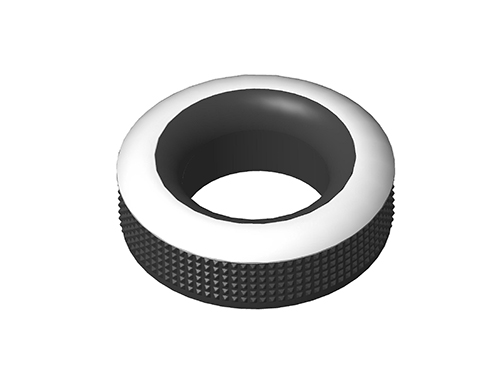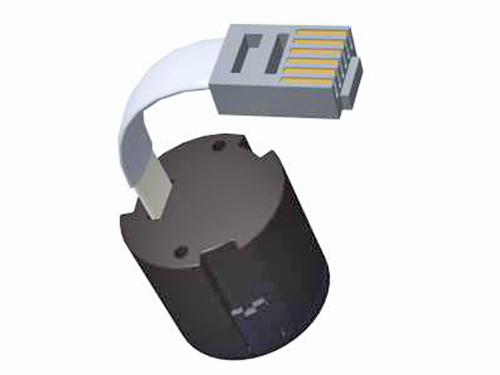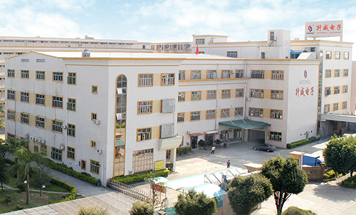Soundwell DYNAMIC
Soundwell Electronic Products (Guangdong) Co., Ltd.
TEL:+86(769)-38833333-881
Fax:sw@soundwell-cn.com
MAIL:soundwell868@soundwell.cn
Address:Guangdong Province Dongguan city Tangxia Town Phoenix Gang Sheng Wei Industrial Park
What is the structure of ten kinds of potentiometers are each?
1, synthetic carbon potentiometer: is the most used a potentiometer. Resistors are carbon black, graphite, quartz powder, organic binder, etc. formulated mixture, coated in plastic or glass fiber made of wood.
Advantages: high resolution, a wide range of resistance;
Disadvantages: sliding noise, heat resistant and moisture is not good.
Variety: There are general synthetic carbon potentiometer with switch small synthetic carbon potentiometer, associated with a single switch (without switching) potentiometer, no double coaxial switch (with switch) potentiometer, double axis no different switch ( with switch) potentiometer, small precision synthetic carbon potentiometer, sliding switch synthetic carbon potentiometers, sliding straight-synthesis of carbon potentiometers, multi-turn precision potentiometers synthetic carbon film and the like.
2, wirewound potentiometers: resistance body consists of a resistance wire wound coated with an insulating plate made of metal or non-metallic material. Advantages: high power, low noise, high accuracy, good stability;
Disadvantages: poor high-frequency characteristics.
Variety: ordinary wirewound potentiometers, ordinary multi-turn wirewound potentiometers, precision multi-turn wirewound potentiometers, sliding straight-precision multi-turn wirewound potentiometers, precision multi-function circle wire potentiometer and the like.
3, metal film potentiometers: resistor element which is made of metal alloy film, a metal oxide film, a metal composite film, a tantalum oxide film material by a vacuum deposition technique on a substrate made of a ceramic.
Advantages: high resolution, sliding noise relatively small synthetic carbon potentiometer;
Disadvantages: small resistance range, good wear resistance.
4, solid potentiometer: after the carbon black, graphite, quartz powder, organic binder materials were mixed and so prepared is heated, pressed against the plastic substrate, and then heating the polymerization.
Advantages: high resolution, good abrasion resistance, wide resistance range, high reliability, small size;
Disadvantages: noise, temperature resistance poor.
Variety: it can be divided into small solid potentiometer, linear potentiometer solid, solid logarithmic potentiometer.
5, single-turn potentiometer with a multi-turn potentiometer:
Single-turn potentiometer: it can only be in the range of the slide arm rotation less than 3600, generally used for volume control;
Multi-turn potentiometer: its axis each turn, the slide arm contacts the resistor change only a small distance, when the sliding arm from one extreme position to another extreme position, rotation of the shaft need more laps. Generally used for fine adjustment circuit.
6, single-joint potentiometer with a double potentiometer:
Single Potentiometer: shaft controlled by an independent group of a potentiometer;
Double potentiometer: usually two specifications of the same potentiometer mounted on the same shaft, when adjusting the shaft, two sliding contact potentiometer synchronous rotation. There are some double potentiometer asynchronous different axis.
7, with switch potentiometer: potentiometer attached on the switching device. Coaxial Switches and potentiometers, switches and motion contro l into the rotary sliding two.
Uses: used for black and white TV in the volume control and power switch. Small rotary potentiometer with switch is mainly used for transistor radios or other small electronic products for volume control (or current, voltage regulation) and power switch.
Category: Switching digits have SPST, SPDT and DPST.
8, straight slide potentiometer: resistance body is rectangular bar which is obtained by slip handle and connected to the carriage for linear motion to change the resistance value.
Use: generally used for TV, stereo or balance control for volume control.
9, SMD potentiometer: potentiometer also known as a sheet, is a non-manual rotary axis ultra-compact linear potentiometer, use a tool such as a screwdriver when adjusting.
Category: 1. divided into single-turn potentiometer; 2. multi-turn potentiometer - is a precision potentiometer with vertical and horizontal two structures.
10, stepper potentiometer: by a stepping motor, shaft resistance body, the movable contact and other components. The movable contacts can be manually adjusted by the shaft, but also by the stepper motor drive.
Uses: used in audio power amplifier for volume control.
In short, each adjustable potentiometer have their advantages and disadvantages, the key is applied to what, find a suitable adjustable potentiometer configuration is the best.
Prev: About Cleaning and adjusting volume potentiometer Next: Synthetic membrane potentiometer precautions What?





.jpg)
.jpg)
.jpg)





